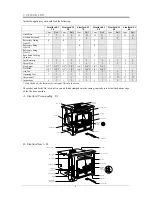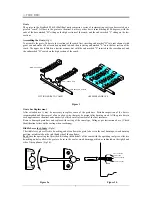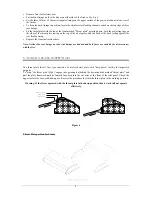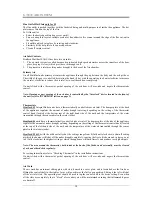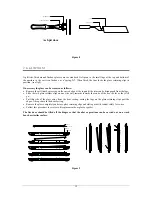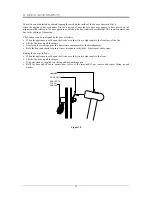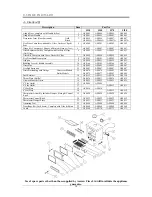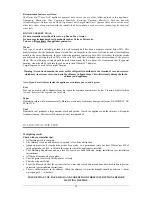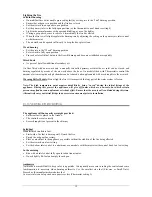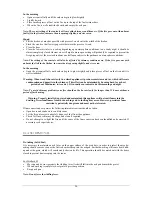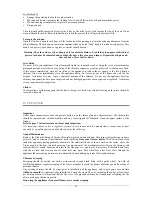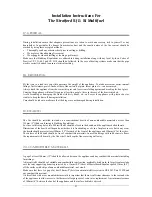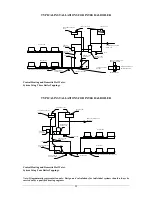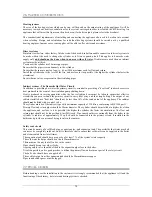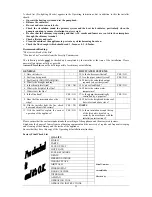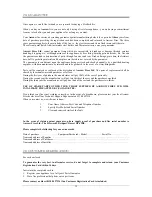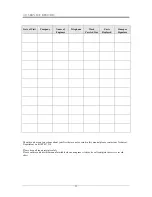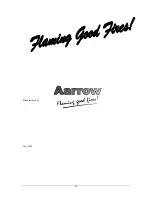
20
In the morning
•
Open air control fully until the embers begin to glow brightly.
•
Lightly de-ash.
•
Place smaller pieces of fuel on the fire up to the top of the fuel retainer bars.
•
When the fire is well established de-ash and empty the ash pan.
Note: The exact setting of the controls will vary with chimney conditions etc. If the fire goes out with unburnt
fuel left in the firebox, increase the air opening slightly, and vice versa.
Wood
•
Fill the firebox as much as possible with pieces of wood cut to the width of the firebox.
•
Stack the wood so that few air gaps exist between the pieces of wood.
•
Close the door.
•
Close the lower air inlet to a setting depending upon atmosphere conditions (on a windy night it should be
almost completely closed whereas on a still night a more open setting will probably be required to prevent the
fire going out) set the air wash to about one half open subject to the guidance on atmosphere conditions.
Note: The setting of the controls will also be affected by chimney conditions etc. If the fire goes out with
unburnt fuel left in the firebox, increase the air opening slightly, and vice versa.
In the morning
•
Open the air control fully until embers begin to glow brightly and place pieces of fuel on the fire until it is
well established.
Warning: When wood is burnt slowly in a closed appliance it produces moisture and tar, which will create
condensation and deposits in the chimney. This effect can be minimised by burning hard for a short
period, about 20 minutes, twice a day. It is usually convenient to do this morning and night.
Note: To avoid chimney problems your fire should not be burnt slowly for longer than 12 hours without a
period of fast burning.
Warning: Properly installed, operated and maintained this appliance will not emit fumes into the
dwelling. Occasional fumes from the de-ashing and re-fuelling may occur. However, persistent fume
emission is potentially dangerous and must not be tolerated.
If fume emission does persist, the following immediate actions should be taken.
•
Open doors and windows to ventilate room
•
Let the fire out or eject and safely dispose of fuel from the appliance.
•
Check for flue or chimney blockage, and clean if required.
•
Do not attempt to re-light the fire until the cause of the fume emission has been identified and corrected. If
necessary seek expert advice.
14. ASH REMOVAL
De-Ashing (Solid Fuel)
It is necessary to maintain an ash layer on the upper surface of the grate bars, in order to protect them so de-
ashing should cease as soon as the first red embers drop into the ash pan. Further de-ashing will cause heat build-
up under the grate, which will considerably shorten its life. This operation should be carried out with the doors
closed to prevent dust escaping into the room.
For Stratford Sf
•
Move up and down vigorously the riddling lever (Ash will fall into the ash pan beneath the grate).
•
When de-ashing is complete re-set grate to previous position.
•
Empty ash pan
Note: Do not force the riddling lever.
Summary of Contents for Stratford Sf 30
Page 34: ...34 Manufactured by July 2001...

